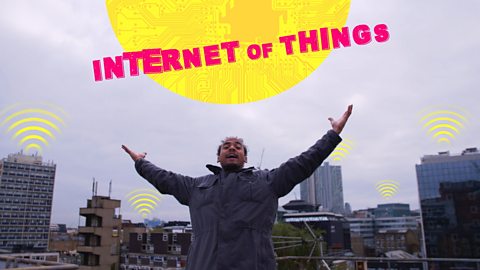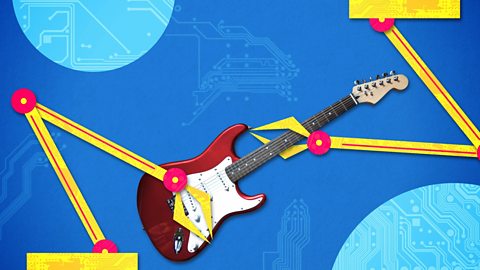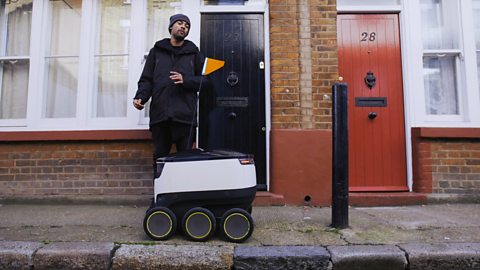91»»±¨ Radio 1 presenter Dev visits Battersea Dogs and Cats 91»»±¨ to look at ways computer science can be used to help reunite lost dogs with their owners.
He explains and evaluates the current system of RFID chipping. Using computational thinking he proposes both a complementary and an alternative approach to the problem of lost pets.
Animation shows how abstraction can model selected aspects of the external world in a program.
Teacher Notes
Pupils could investigate the potential uses of sensor technologies, and mapping to solve the problem of lost pets. Are there ways you could use computational thinking to improve the current system? Computational thinking is about exploring all of the different ways it can be done.
In class, pupils could use computational thinking to make a tried and tested method – like lost dog posters – as effective as possible. How can you optimize the poster location? What factors would you have to take into consideration: the size of the dog, its stamina, the length of time it has been missing? Familiar walks and places? When will it be hungry?
Curriculum Notes
This clip will be relevant for teaching Computer Science. This topic appears in OCR, Edexcel, AQA, WJEC KS4/GCSE in England and Wales, CCEA GCSE in Northern Ireland and SQA National 4/5 in Scotland.
More from the series Computer Science: Problem Solved
Problem Solved: Big Data. video
91»»±¨ Radio 1 presenter Dev visits a Smart City for a film about the Internet of Things and large scale data collection and analysis.

Can computational thinking be used to adapt musical instruments for players with a disability? Jacob Harrison has programmed a digital/analogue interface which allows a robot hand to play bass guitar.

Programming a robot delivery vehicle. video
In this short film about physical computing, 91»»±¨ Radio 1 presenter Dev encounters a Robot vehicle that solves a real world problem with algorithms.
